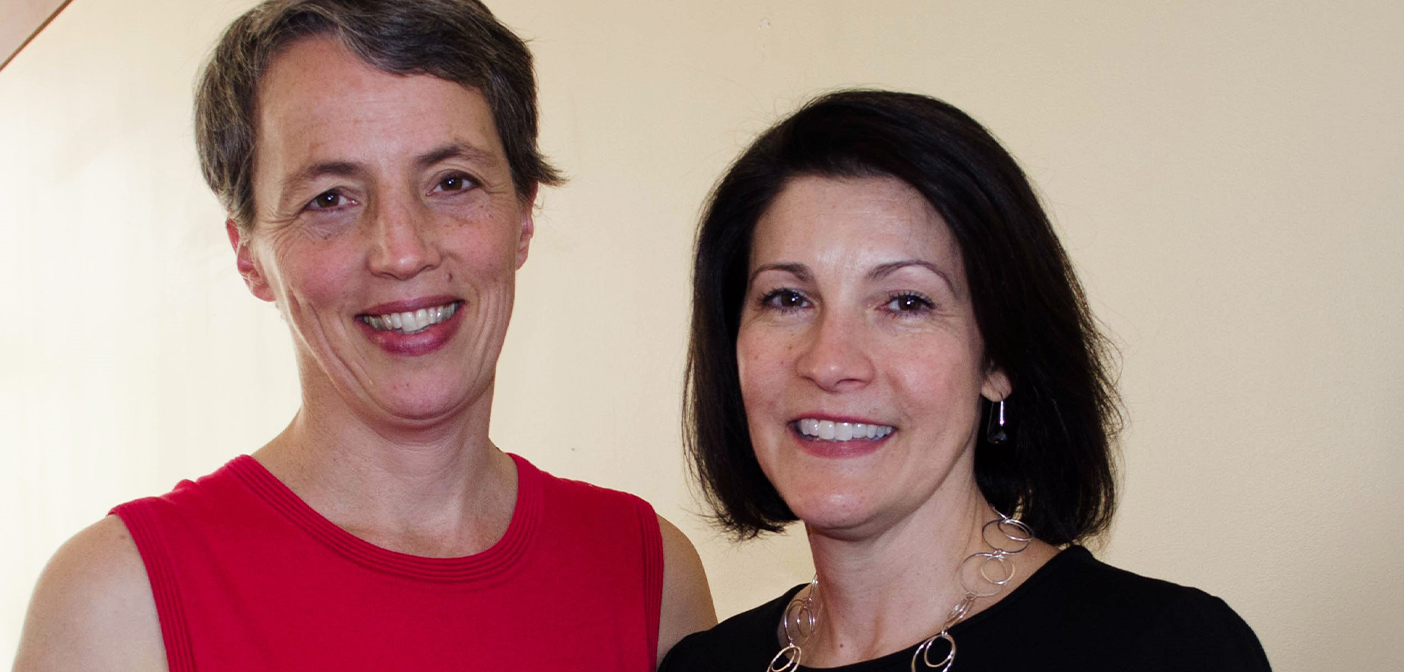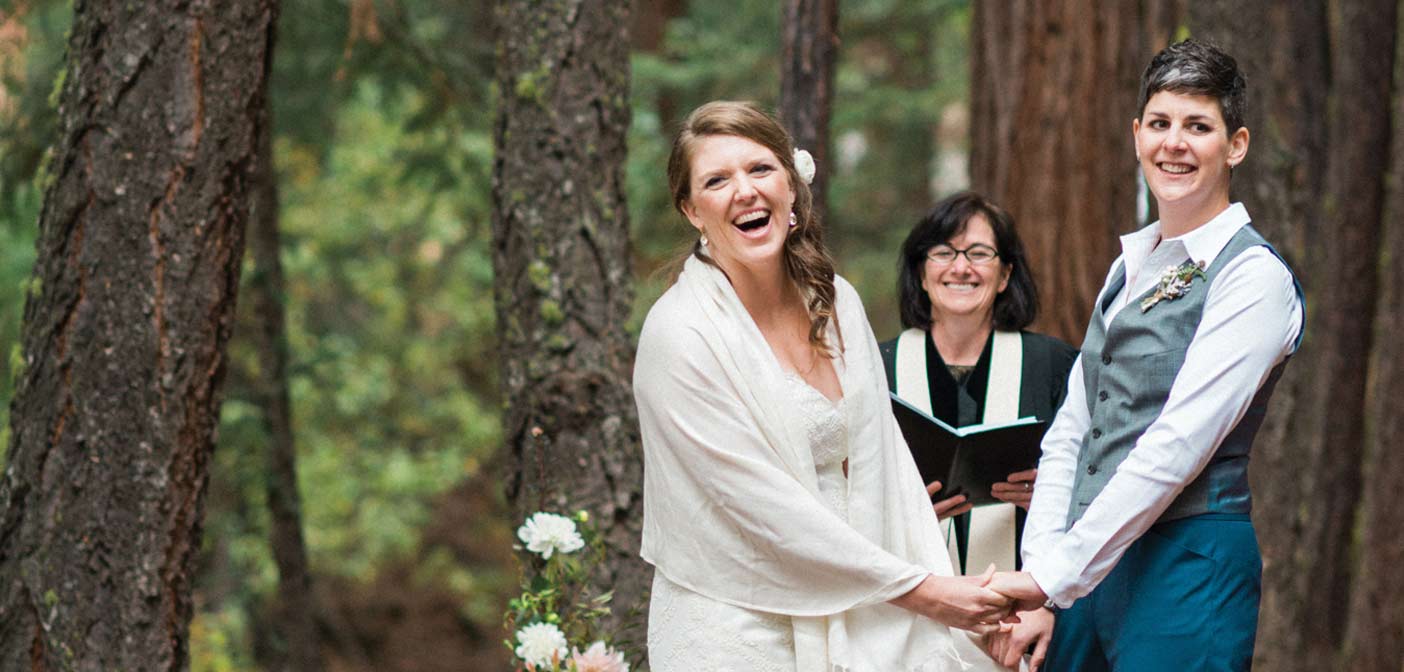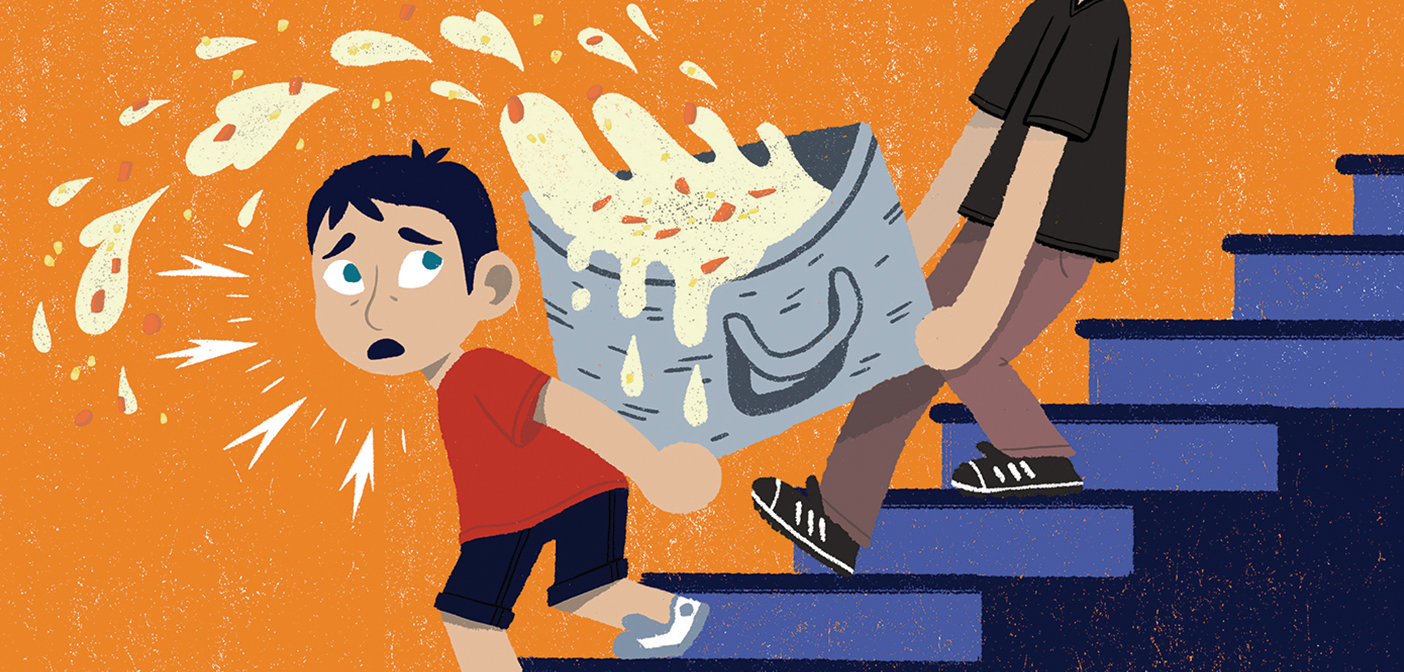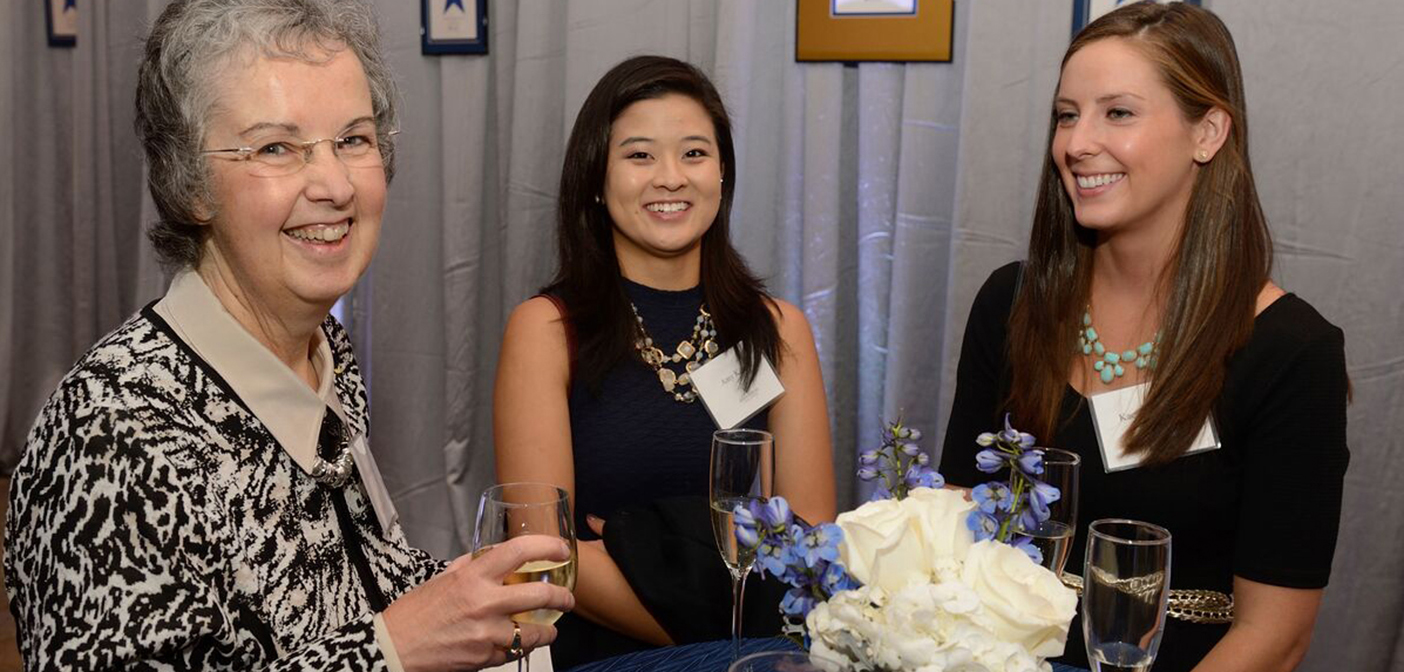In this forum for discussing the “hot button” issues facing the nursing profession today, we welcome your thoughts and opinions. Check this space in each issue to see how readers answer the provocative questions we pose.
Our question this issue:
If you’ve ever recommended some form of complementary and alternative medicine to a patient, what factor(s) prompted your recommendation?
The results:
(A) CAM would improve health when used in combination with conventional medical treatments. (68.3%)
(B) CAM could provide a lower cost option than conventional treatments, with similar results. (12.2%)
(C) Conventional medical treatments would not help. (5.0%)
(D) Another conventional medical professional suggested that CAM be utilized. (1.4%)
(E) CAM would be interesting to try. (4.3%)
(F) I’ve never recommended CAM. (8.6%)
Total Votes: 139
Complementary and alternative therapies are, by definition, healing methods not commonly used by allied health professionals such as nurses and physicians. However, according to approximately 91 percent of our poll respondents who have recommended the use of these therapies to a patient, complementary and alternative medicine (CAM) no longer appears to be “alternative.”
CAM therapies that are gaining acceptance in the United States, among both the general population and health care professionals, include practices that are based in biology (herbal remedies, vitamins); energy (magnetic or biofields); body manipulation (massage, chiropractic); mind-body medicine (meditation, breathing exercises); or whole medical systems such as homeopathic medicine or Ayurveda.
Data released by the National Center for Complementary and Alternative Medicine (NCCAM) and the National Center for Health Statistics (NCHS) in May 2004 shows that 36 percent of U.S. adults are using some form of CAM to manage their health. That number rises to 62 percent when including megavitamin therapy and prayer for health reasons. With large numbers of Americans turning to CAM therapies, it is imperative that nurses and other health care professionals have an understanding of the use, effectiveness, and possible dangers of such techniques.
A study published in the February 2007 issue of Complementary Therapies in Clinical Practice reported the results of interviews with nurses, midwives, and physicians on their implementation of CAM. This study, like our survey, found that classifying a healing technique as CAM does not affect health care providers’ willingness to recommend the therapy. But nurses are found to be more likely to recommend CAM to their patients because they—more than midwives or physicians—tend to frame CAM as beneficial to “health promotion” or “holistic health care.”
 Happy Participants for Better Research
Happy Participants for Better Research Coming Down the Tracks
Coming Down the Tracks The Big Picture
The Big Picture Somewhere Upstairs: Chowder Downstairs
Somewhere Upstairs: Chowder Downstairs And Let Us Play Among the Stars
And Let Us Play Among the Stars







